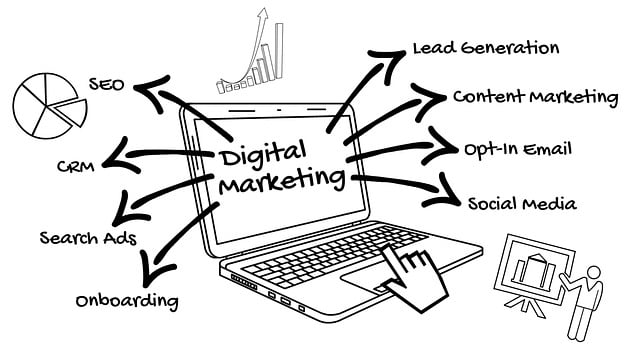Gyms use AI digital mirrors with real-time data syncing to coach dashboards for strategic expansion. By analyzing attendance rates, workout preferences, and equipment usage patterns, gyms gain insights into member behavior. This data enables strategic space planning, equipment upgrades, and personalized programs, boosting satisfaction and retention. Effective expansion strategies are formed through identifying high-demand areas and popular classes, ensuring successful growth tailored to members' needs.
In today’s competitive fitness market, strategic expansion planning is vital for gym success. This article delves into the transformative power of leveraging business insights gained from AI digital mirrors and data sync to coach dashboards. By understanding gym member behavior, you can optimize expansion strategies. We’ll guide you through a step-by-step process, showcasing how AI enables efficient data integration, empowers coaches, and fosters sustainable gym growth, marking a new era in the fitness industry.
- Understanding Gym Member Behavior with AI Digital Mirrors
- Syncing Data for Effective Expansion Planning: A Step-by-Step Guide
- Leveraging Coach Dashboards to Optimize Gym Growth Strategies
Understanding Gym Member Behavior with AI Digital Mirrors

Understanding gym member behavior is a cornerstone for effective expansion planning. AI digital mirrors, equipped with advanced analytics capabilities, offer a powerful tool in this regard. By capturing and analyzing user interactions within the gym environment, these mirrors sync data directly to coach dashboards, providing real-time insights into member preferences, workout patterns, and equipment utilization.
This data synchronization allows gym management to make informed decisions about facility layout, equipment upgrades, and personalized training programs. By tailoring services and amenities to meet members’ needs, gyms can enhance satisfaction, retention rates, and ultimately drive expansion success.
Syncing Data for Effective Expansion Planning: A Step-by-Step Guide

To effectively plan gym expansion, syncing data from various sources is crucial. This process involves integrating AI-driven digital mirrors and coach dashboards to gain real-time insights into member behavior and performance trends. Start by identifying key metrics like attendance rates, workout preferences, and equipment usage patterns. Next, employ data sync tools that seamlessly integrate these metrics from the digital mirror and other gym management systems.
Once synced, analyze the consolidated data using AI algorithms to uncover hidden patterns and opportunities for expansion. This could involve optimizing space allocation based on peak hours or popular class types, ensuring new locations meet member needs and preferences. Regularly update and refine your analysis as new data flows in, enabling adaptive planning that keeps up with evolving gym dynamics.
Leveraging Coach Dashboards to Optimize Gym Growth Strategies

Leveraging advanced tools like AI-powered digital mirrors and syncing them with comprehensive coach dashboards can significantly optimize gym expansion strategies. These innovative solutions provide real-time data insights, allowing fitness professionals to make informed decisions about location selection, equipment needs, and marketing approaches. By analyzing trends and patterns from member interactions, these dashboards offer a competitive edge in the market.
For instance, AI digital mirrors can track user engagement, workout preferences, and demographics within each gym space, helping owners identify high-demand areas and popular classes. This data synchronization with coach dashboards enables strategic planning for future expansions, ensuring that new locations cater to specific member needs and maximize customer satisfaction.
By harnessing the power of AI digital mirrors, data sync, and coach dashboards, gyms can gain valuable insights into member behavior, optimize expansion planning, and ultimately foster sustainable growth. These innovative tools enable businesses to make data-driven decisions, ensuring their strategies align with market demands and member preferences. As a result, gyms can create tailored experiences, enhance operational efficiency, and stay competitive in the ever-evolving fitness industry.
